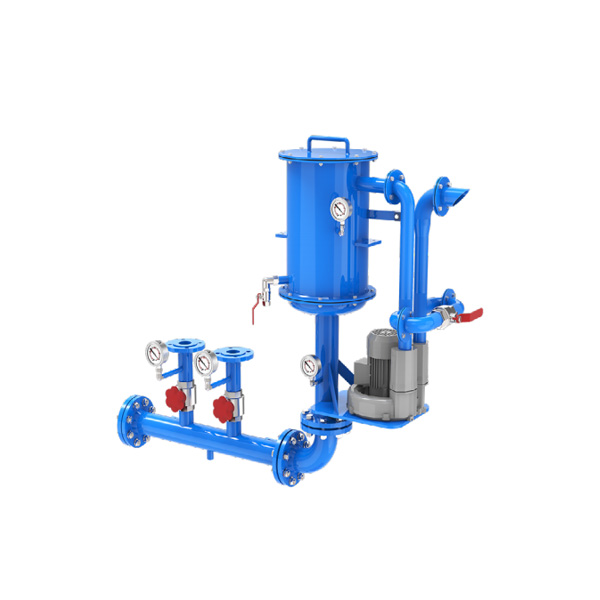Turbocharging has become a popular technology in the automotive industry, providing increased power and efficiency. However, overboosting can pose a serious threat to the engine's health and performance. In this comprehensive guide, we will explore the causes of overboosting and provide practical solutions to prevent it, ensuring optimal turbo control and longevity.
- Understanding Overboosting:
Overboosting occurs when the turbocharger produces more boost pressure than the engine can handle. This can lead to various issues such as excessive stress on engine components, reduced fuel efficiency, and potential damage to the turbocharger itself. It is crucial to identify the signs of overboosting, including engine knocking, loss of power, and abnormal exhaust smoke. - Diagnosing the Root Causes:
To effectively prevent overboosting, it is essential to identify the underlying causes. Common culprits include a malfunctioning wastegate, faulty boost pressure sensor, or a restricted intake or exhaust system. Thoroughly inspecting these components and conducting diagnostic tests can help pinpoint the exact issue. - Upgrading the Wastegate:
The wastegate plays a vital role in regulating boost pressure. If it fails to open or close properly, overboosting can occur. Consider upgrading to a high-performance wastegate with adjustable settings, allowing you to fine-tune the boost pressure and prevent excessive levels. Additionally, ensuring proper maintenance and lubrication of the wastegate mechanism is crucial for optimal functionality. - Calibrating the Boost Pressure Sensor:
A malfunctioning or incorrectly calibrated boost pressure sensor can lead to inaccurate readings, resulting in overboosting. Consult your vehicle's manual or seek professional assistance to calibrate the sensor correctly. Regularly inspect and clean the sensor to prevent any debris or carbon buildup that may affect its accuracy. - Optimizing the Intake and Exhaust Systems:
A restricted intake or exhaust system can disrupt the airflow, leading to overboosting. Upgrading to a high-flow air filter, intercooler, or larger diameter exhaust piping can improve airflow efficiency and reduce the risk of overboosting. However, it is crucial to ensure proper tuning and compatibility with the engine to avoid any adverse effects on performance. - Utilizing Electronic Boost Controllers:
Electronic boost controllers offer advanced control over boost pressure, allowing precise adjustments and preventing overboosting. These devices can be programmed to limit the maximum boost pressure, ensuring optimal performance while safeguarding the engine. Consult with a professional tuner to select and install the appropriate electronic boost controller for your vehicle.
Conclusion:
Preventing turbo overboosting requires a comprehensive understanding of the underlying causes and implementing appropriate solutions. By upgrading key components, calibrating sensors, and optimizing the intake and exhaust systems, you can effectively control boost pressure and protect your engine from potential damage. Remember, regular maintenance and monitoring are essential to ensure long-term turbocharger reliability and performance. Safeguard your turbo, unleash its true potential, and enjoy a thrilling driving experience without the fear of overboosting.

More Stories
Kelai JK OLED Installation Best Practices: Tools, Techniques, and Tips for High-Volume Smartphone Repairs
Performance, Application Scenarios and Selection of External Panel Materials for Outdoor Mobile Shelters
5 Game-Changing Tips to Supercharge Your Home Theater with a Universal Projector Remote